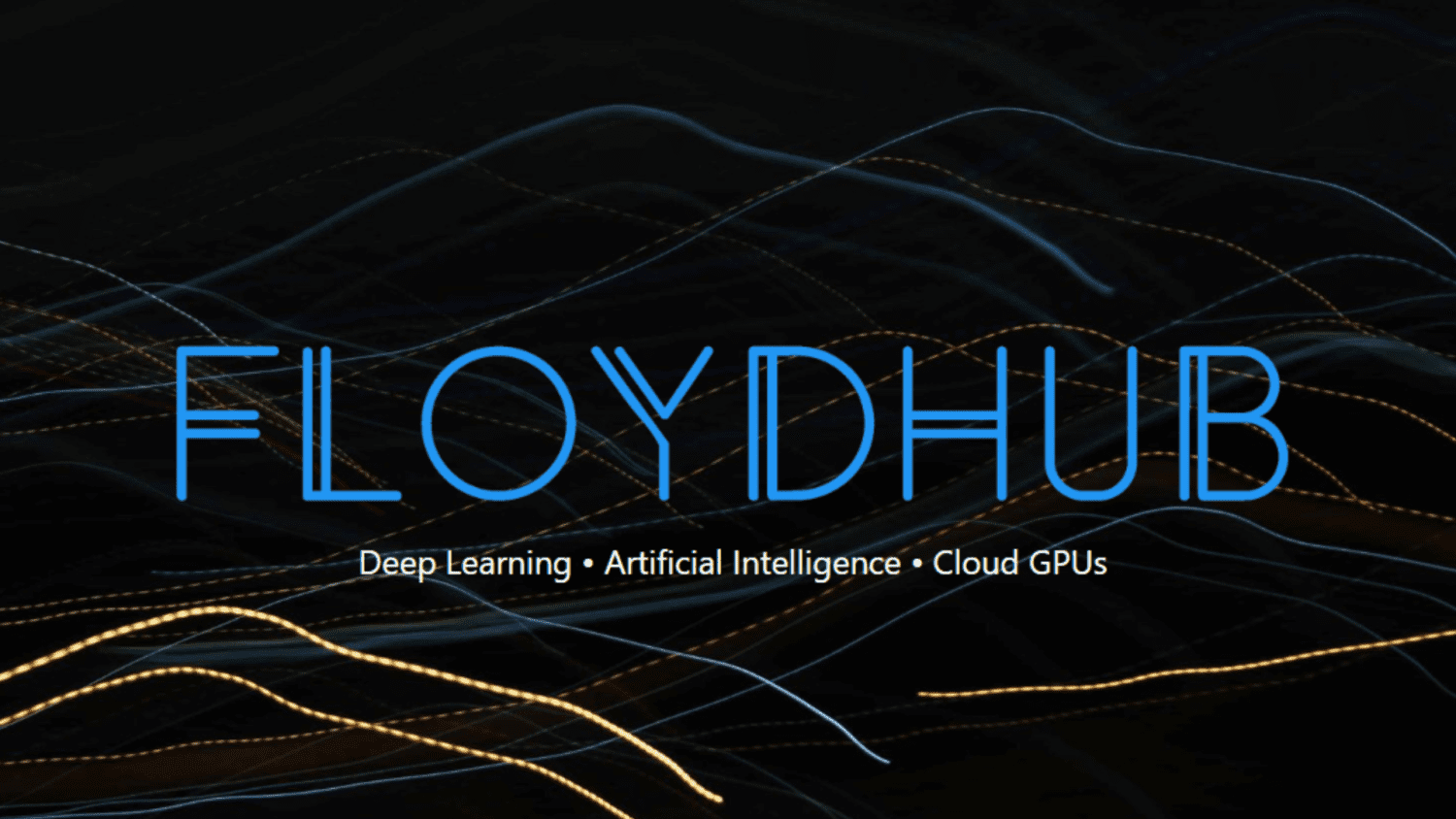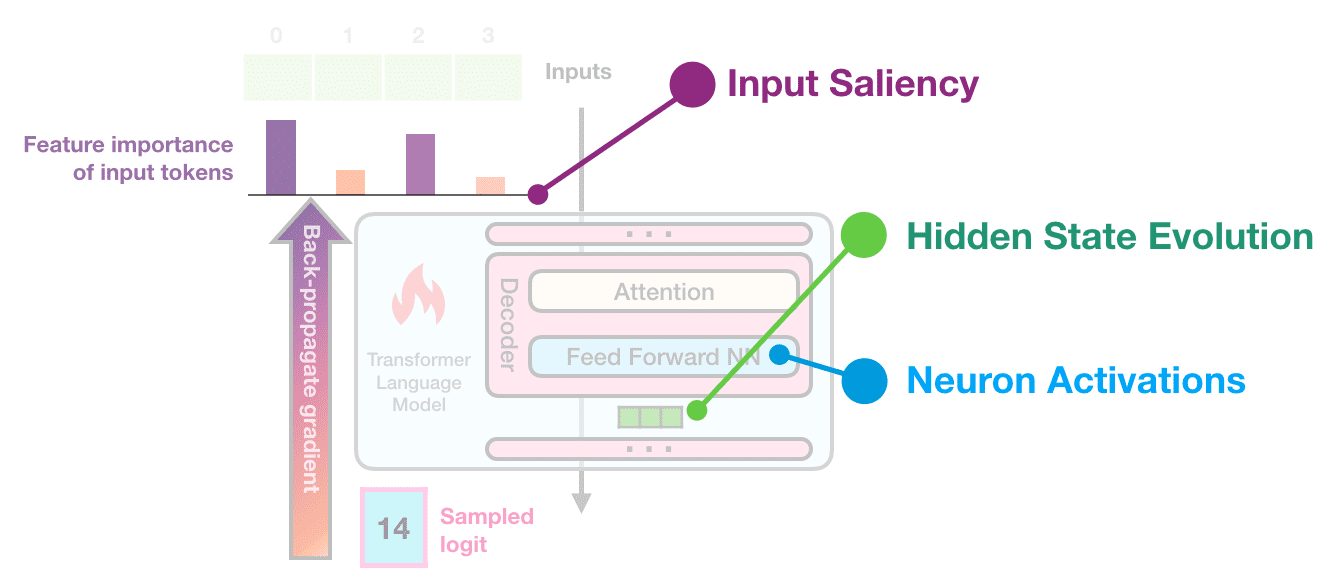
SimPer: Simple self-supervised learning of periodic targets

Learning from periodic data (signals that repeat, such as a heart beat or the daily temperature changes on Earth’s surface) is crucial for many real-world applications, from monitoring weather systems to detecting vital signs. For example, in the environmental remote sensing domain, periodic learning is often needed to enable nowcasting of environmental changes, such as precipitation patterns or land surface temperature. In the health domain, learning from video measurement has shown to extract (quasi-)periodic vital signs such as atrial fibrillation and sleep apnea episodes.
Approaches like RepNet highlight the importance of these types of tasks, and present a solution that recognizes repetitive activities within a single video. However, these are supervised approaches that require a significant amount of data to capture repetitive activities, all labeled to indicate the number of times an action was repeated. Labeling such data is often challenging and resource-intensive, requiring researchers to manually capture gold-standard temporal measurements that are synchronized with the modality of interest (e.g., video or satellite imagery).
Alternatively, self-supervised learning (SSL) methods (e.g., SimCLR and MoCo v2), which leverage a large amount of unlabeled data to learn representations that capture periodic or quasi-periodic temporal dynamics, have demonstrated success in solving classification tasks. However, they overlook the intrinsic periodicity (i.e., the ability to identify if a frame is part of a periodic process) in data and fail to learn robust representations that capture periodic or frequency attributes. This is because periodic learning exhibits characteristics that are distinct from prevailing learning tasks.
To address these challenges, in “SimPer: Simple Self-Supervised Learning of Periodic Targets”, published at the eleventh International Conference on Learning Representations (ICLR 2023), we introduced a self-supervised contrastive framework for learning periodic information in data. Specifically, SimPer leverages the temporal properties of periodic targets using temporal self-contrastive learning, where positive and negative samples are obtained through periodicity-invariant and periodicity-variant augmentations from the same input instance. We propose periodic feature similarity that explicitly defines how to measure similarity in the context of periodic learning. Moreover, we design a generalized contrastive loss that extends the classic InfoNCE loss to a soft regression variant that enables contrasting over continuous labels (frequency). Next, we demonstrate that SimPer effectively learns period feature representations compared to state-of-the-art SSL methods, highlighting its intriguing properties including better data efficiency, robustness to spurious correlations, and generalization to distribution shifts. Finally, we are excited to release the SimPer code repo with the research community.
The SimPer framework
SimPer introduces a temporal self-contrastive learning framework. Positive and negative samples are obtained through periodicity-invariant and periodicity-variant augmentations from the same input instance. For temporal video examples, periodicity-invariant changes are cropping, rotation or flipping, whereas periodicity-variant changes involve increasing or decreasing the speed of a video.
To explicitly define how to measure similarity in the context of periodic learning, SimPer proposes periodic feature similarity. This construction allows us to formulate training as a contrastive learning task. A model can be trained with data without any labels and then fine-tuned if necessary to map the learned features to specific frequency values.
Given an input sequence x, we know there’s an underlying associated periodic signal. We then transform x to create a series of speed or frequency altered samples, which changes the underlying periodic target, thus creating different negative views. Although the original frequency is unknown, we effectively devise pseudo- speed or frequency labels for the unlabeled input x.
Conventional similarity measures such as cosine similarity emphasize strict proximity between two feature vectors, and are sensitive to index shifted features (which represent different time stamps), reversed features, and features with changed frequencies. In contrast, periodic feature similarity should be high for samples with small temporal shifts and or reversed indexes, while capturing a continuous similarity change when the feature frequency varies. This can be achieved via a similarity metric in the frequency domain, such as the distance between two Fourier transforms.
To harness the intrinsic continuity of augmented samples in the frequency domain, SimPer designs a generalized contrastive loss that extends the classic InfoNCE loss to a soft regression variant that enables contrasting over continuous labels (frequency). This makes it suitable for regression tasks, where the goal is to recover a continuous signal, such as a heart beat.
Results
To evaluate SimPer’s performance, we benchmarked it against state-of-the-art SSL schemes (e.g., SimCLR, MoCo v2, BYOL, CVRL) on a set of six diverse periodic learning datasets for common real-world tasks in human behavior analysis, environmental remote sensing, and healthcare. Specifically, below we present results on heart rate measurement and exercise repetition counting from video. The results show that SimPer outperforms the state-of-the-art SSL schemes across all six datasets, highlighting its superior performance in terms of data efficiency, robustness to spurious correlations, and generalization to unseen targets.
Here we show quantitative results on two representative datasets using SimPer pre-trained using various SSL methods and fine-tuned on the labeled data. First, we pre-train SimPer using the Univ. Bourgogne Franche-Comté Remote PhotoPlethysmoGraphy (UBFC) dataset, a human photoplethysmography and heart rate prediction dataset, and compare its performance to state-of-the-art SSL methods. We observe that SimPer outperforms SimCLR, MoCo v2, BYOL, and CVRL methods. The results on the human action counting dataset, Countix, further confirm the benefits of SimPer over others methods as it notably outperforms the supervised baseline. For the feature evaluation results and performance on other datasets, please refer to the paper.
 |
| Results of SimCLR, MoCo v2, BYOL, CVRL and SimPer on the Univ. Bourgogne Franche-Comté Remote PhotoPlethysmoGraphy (UBFC) and Countix datasets. Heart rate and repetition count performance is reported as mean absolute error (MAE). |
Conclusion and applications
We present SimPer, a self-supervised contrastive framework for learning periodic information in data. We demonstrate that by combining a temporal self-contrastive learning framework, periodicity-invariant and periodicity-variant augmentations, and continuous periodic feature similarity, SimPer provides an intuitive and flexible approach for learning strong feature representations for periodic signals. Moreover, SimPer can be applied to various fields, ranging from environmental remote sensing to healthcare.
Acknowledgements
We would like to thank Yuzhe Yang, Xin Liu, Ming-Zher Poh, Jiang Wu, Silviu Borac, and Dina Katabi for their contributions to this work.






